Famous cities and what changed them forever
Cities are dynamic entities, constantly changing and evolving in response to various influences. From architectural marvels to cultural shifts, urban landscapes tell stories of transformation and growth. Over the years, some cities have become iconic symbols of innovation and progress, while others have preserved their historic charm amidst modernization. This article explores how diverse cities around the world have transformed over time, blending their rich histories with the demands of the modern age.
The Big Apple Transformed: New York City and the Birth of Skyscrapers
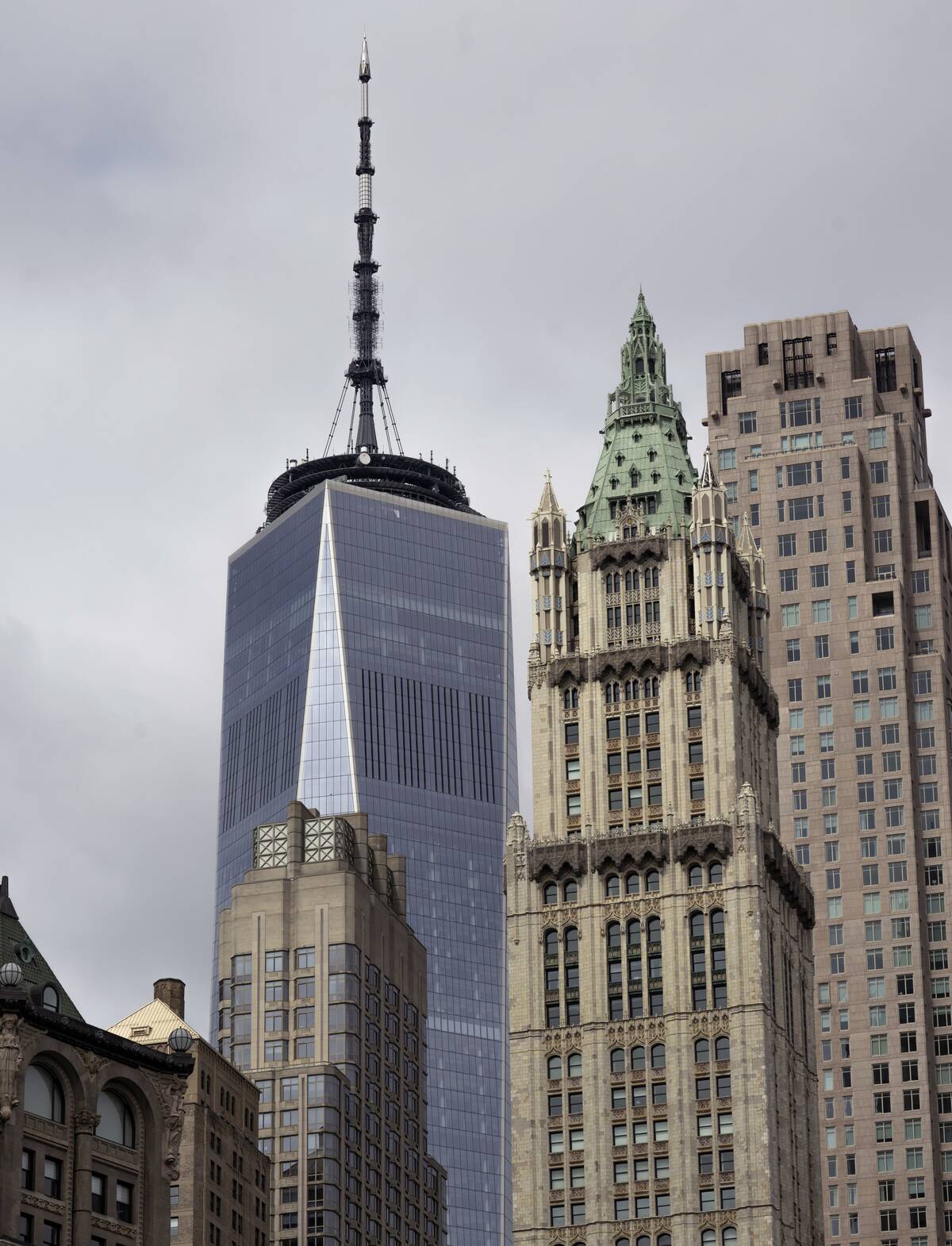
New York City is synonymous with towering skyscrapers, but it wasn’t always this way. The development of the steel frame and the invention of the elevator in the late 19th century paved the way for the iconic skyline we know today. The Woolworth Building, completed in 1913, was once the tallest building in the world. Today, the One World Trade Center stands as the tallest building in the Western Hemisphere, a testament to the city’s enduring spirit and innovation.
Paris: From Medieval Town to the City of Lights
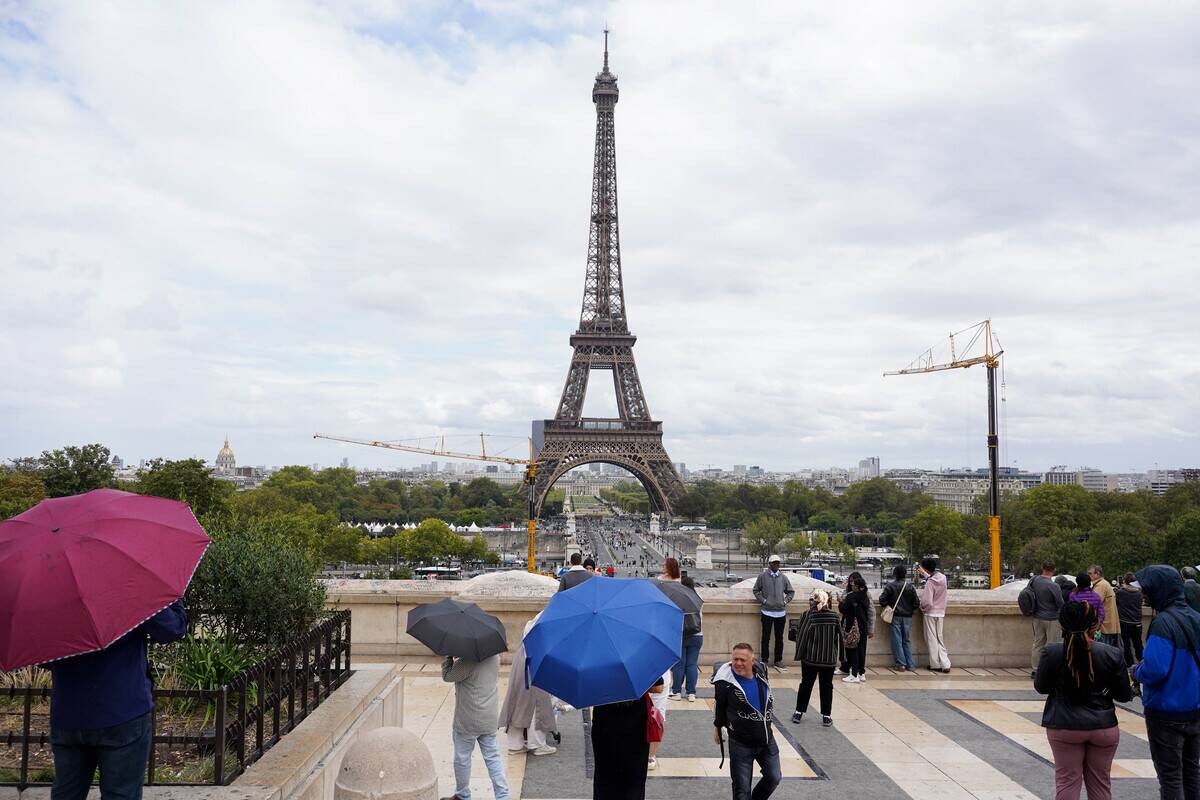
Paris has long been celebrated for its beauty and charm, but its transformation from a medieval town to the City of Lights is a story of urban planning and cultural renaissance. Baron Haussmann’s renovation in the mid-19th century introduced wide boulevards and uniform building facades, revolutionizing the city’s layout. Today, Paris is a beacon of art and fashion, with landmarks like the Eiffel Tower and the Louvre drawing millions of visitors each year.
The Industrial Revolution and the Rise of Manchester
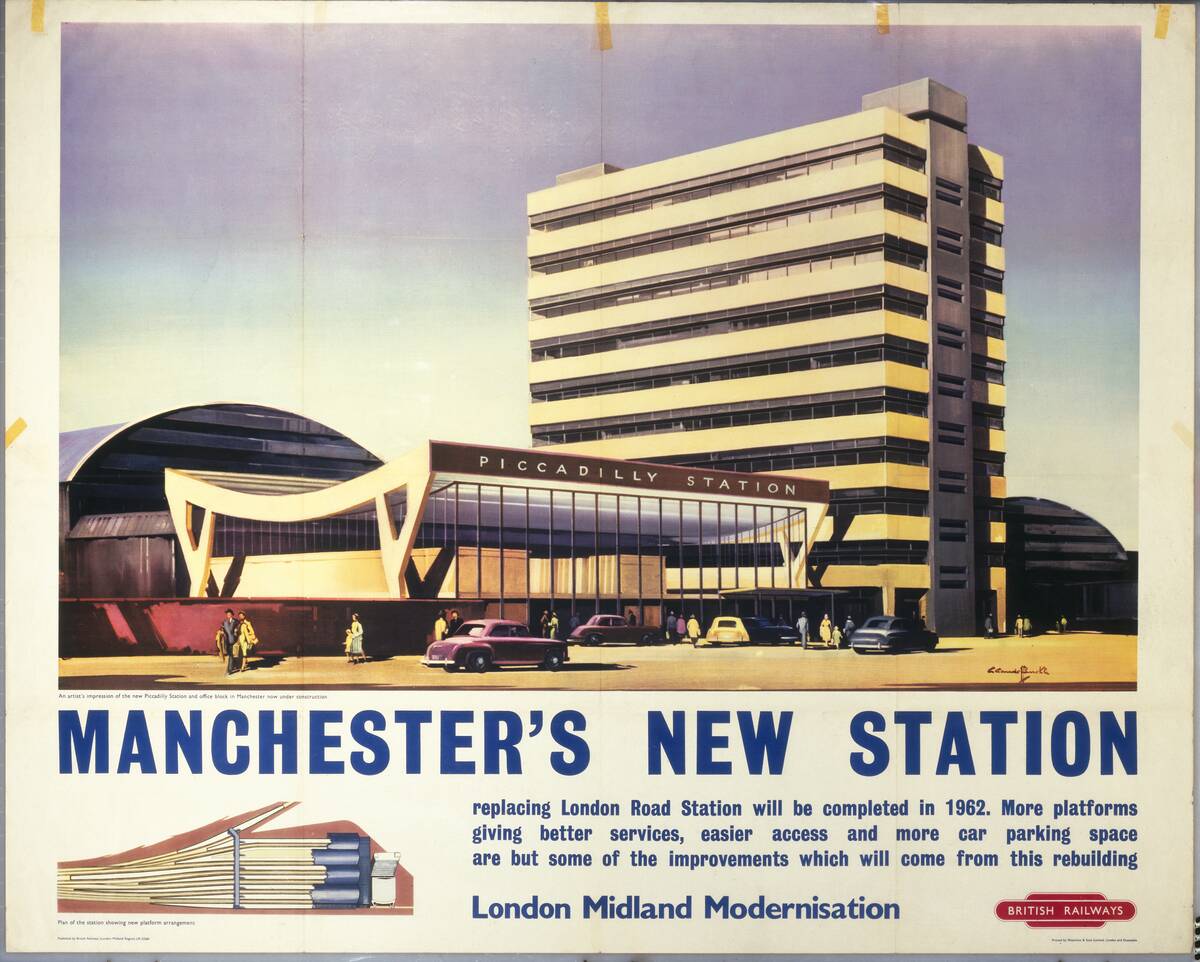
Manchester became the world’s first industrial city during the Industrial Revolution, earning the nickname “Cottonopolis” due to its booming textile industry. The city’s rapid growth was fueled by advancements in technology and transportation, including the world’s first passenger railway. Today, Manchester is a vibrant cultural hub, known for its music scene and sporting achievements, while its industrial heritage is preserved in the form of museums and historic sites.
Tokyo’s Technological Boom: From Tradition to Innovation
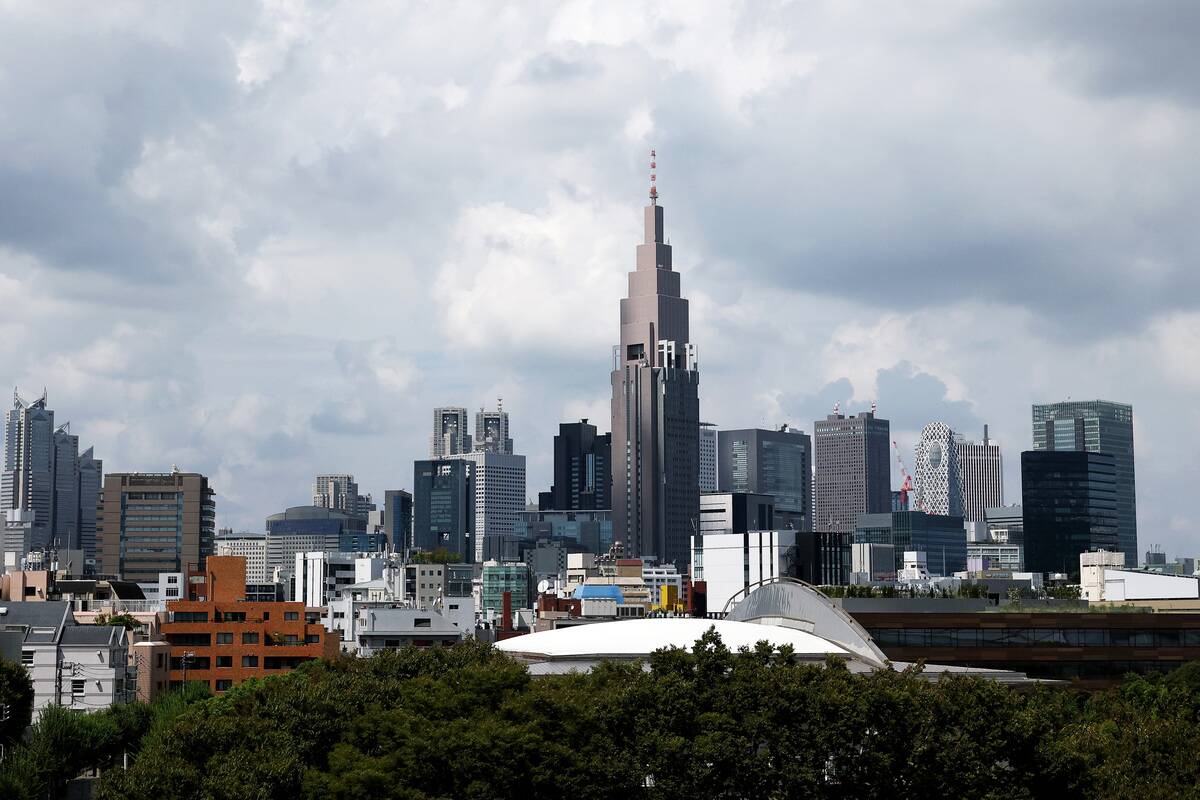
Tokyo is a city where tradition meets technology, creating a unique urban experience. Post-World War II, Tokyo underwent rapid industrialization, becoming a global economic powerhouse. The city’s skyline is dotted with futuristic architecture, like the Tokyo Skytree, the tallest structure in Japan. Despite its modern advancements, Tokyo maintains its cultural roots, with historic temples and traditional festivals coexisting alongside cutting-edge technology and innovation.
The Gold Rush Effect: How San Francisco Struck it Rich
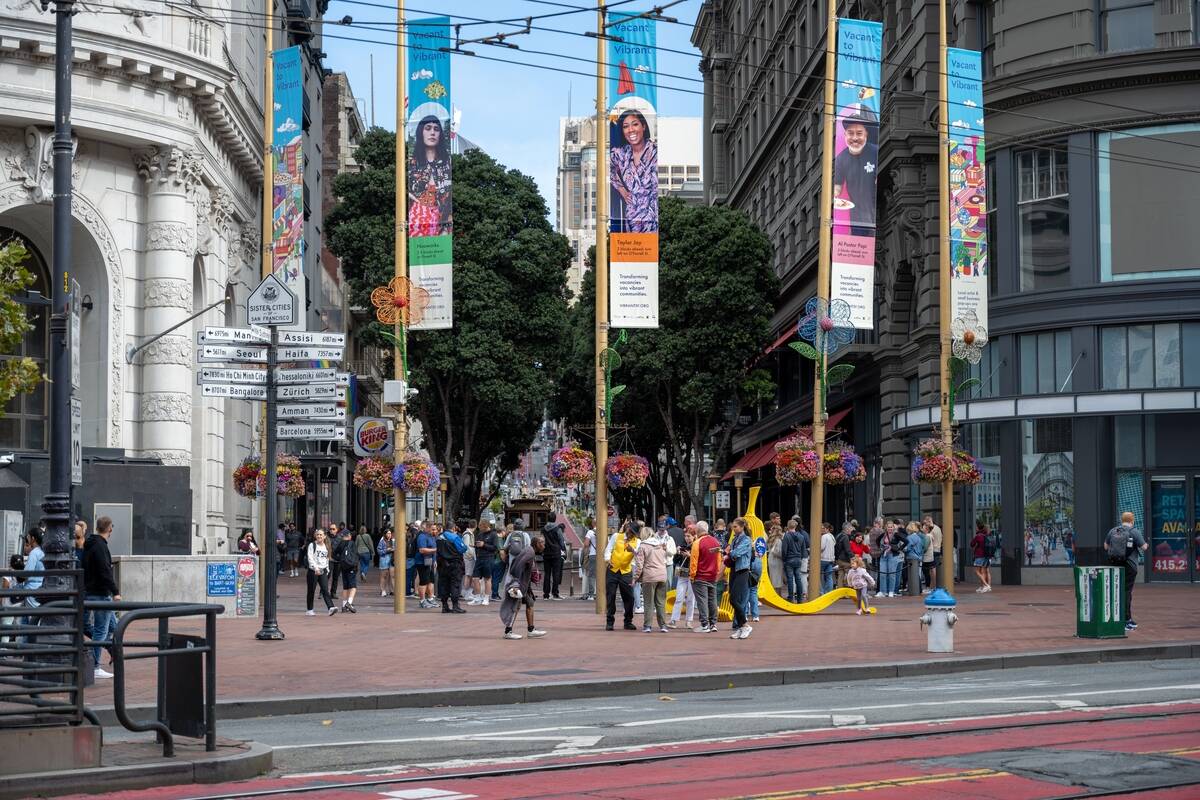
San Francisco’s transformation began with the Gold Rush of 1849, which brought a surge of fortune seekers to the city. This rapid influx of people led to significant urban development and economic growth. The iconic cable cars, introduced in the late 19th century, became a symbol of the city’s ingenuity. Today, San Francisco is known for its diverse culture, tech industry presence, and iconic landmarks like the Golden Gate Bridge.
Berlin: From Division to Unification
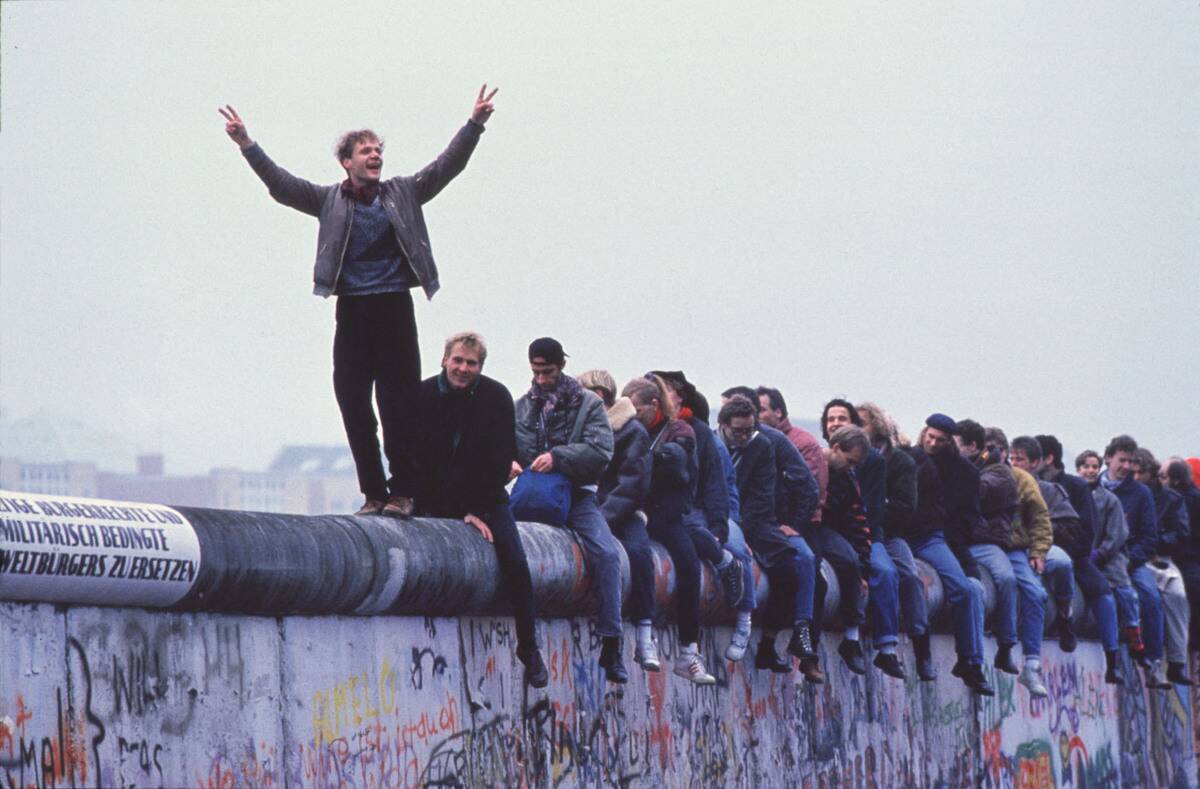
Berlin’s history is marked by division and unification, with the Berlin Wall standing as a symbol of the Cold War era. Following its fall in 1989, the city underwent significant reconstruction and reunification efforts. Today, Berlin is a vibrant, multicultural metropolis, known for its thriving art scene and rich history. Landmarks like the Brandenburg Gate and the Berlin Wall Memorial serve as reminders of the city’s tumultuous past and its journey toward unity.
The Renaissance Rebirth of Florence
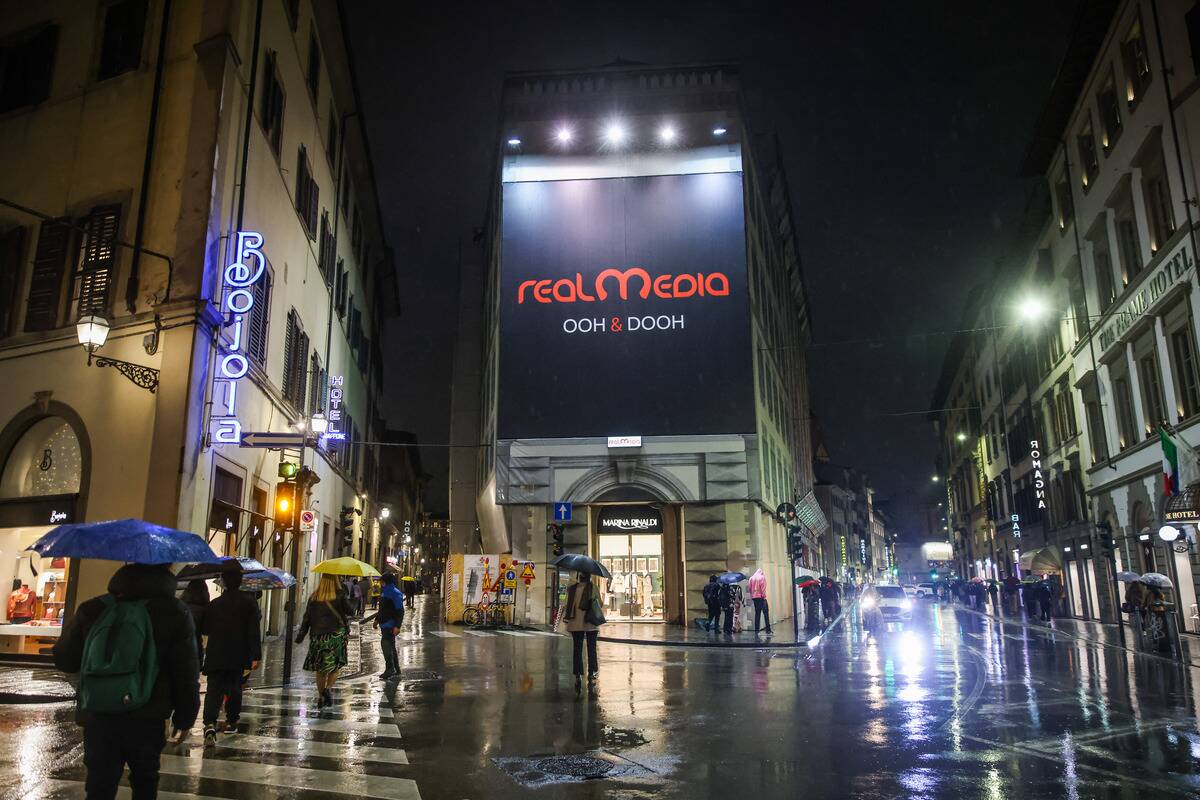
Florence is often hailed as the birthplace of the Renaissance, a period of great cultural and artistic achievement. The city’s transformation during the 15th and 16th centuries saw the rise of iconic figures like Leonardo da Vinci and Michelangelo. Florence’s architectural beauty is showcased in landmarks such as the Florence Cathedral and the Uffizi Gallery. Today, the city continues to be a center for art and education, attracting scholars and tourists from around the world.
Dubai: From Desert Oasis to Futuristic Metropolis
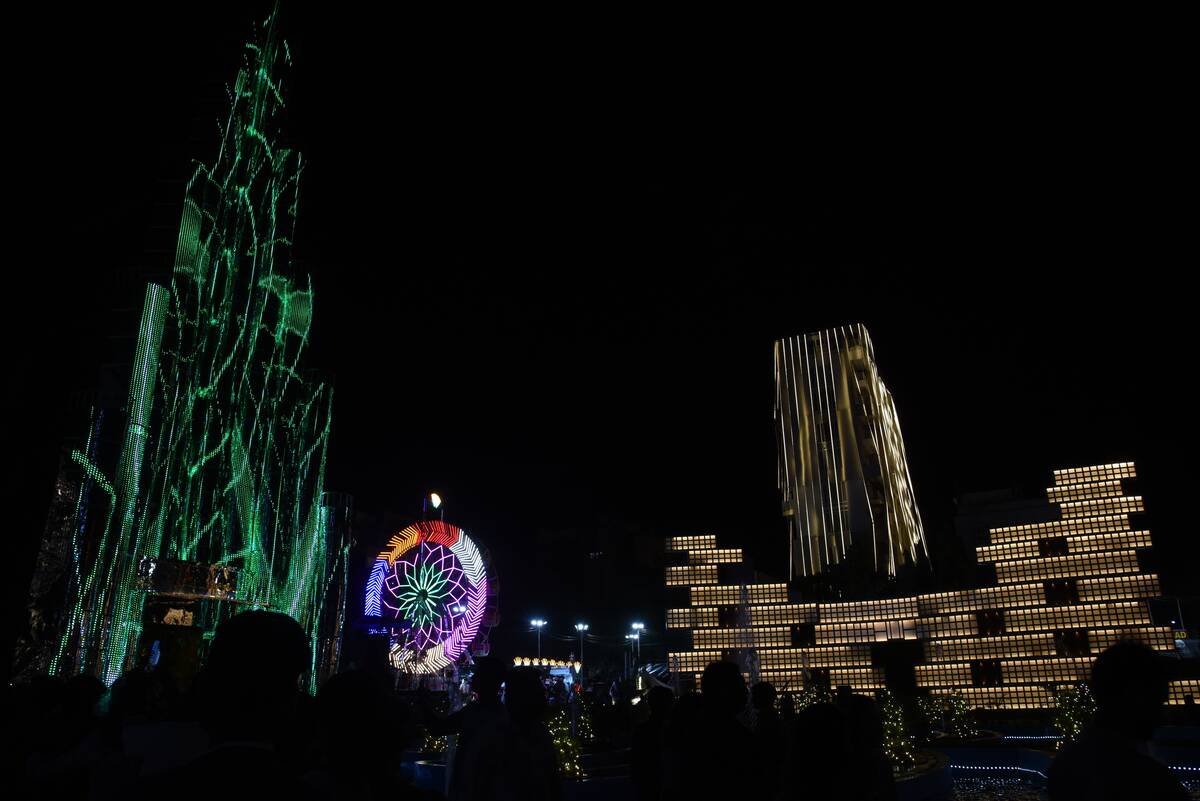
Dubai has undergone a remarkable transformation from a small fishing village to a futuristic metropolis in just a few decades. Fueled by oil wealth and visionary leadership, the city boasts architectural wonders like the Burj Khalifa, the world’s tallest building. Dubai’s rapid development includes artificial islands, luxury shopping malls, and a booming tourism industry. Despite its modernity, the city preserves its cultural heritage through traditional markets and festivals.
The Olympic Games and Barcelona’s Modern Makeover
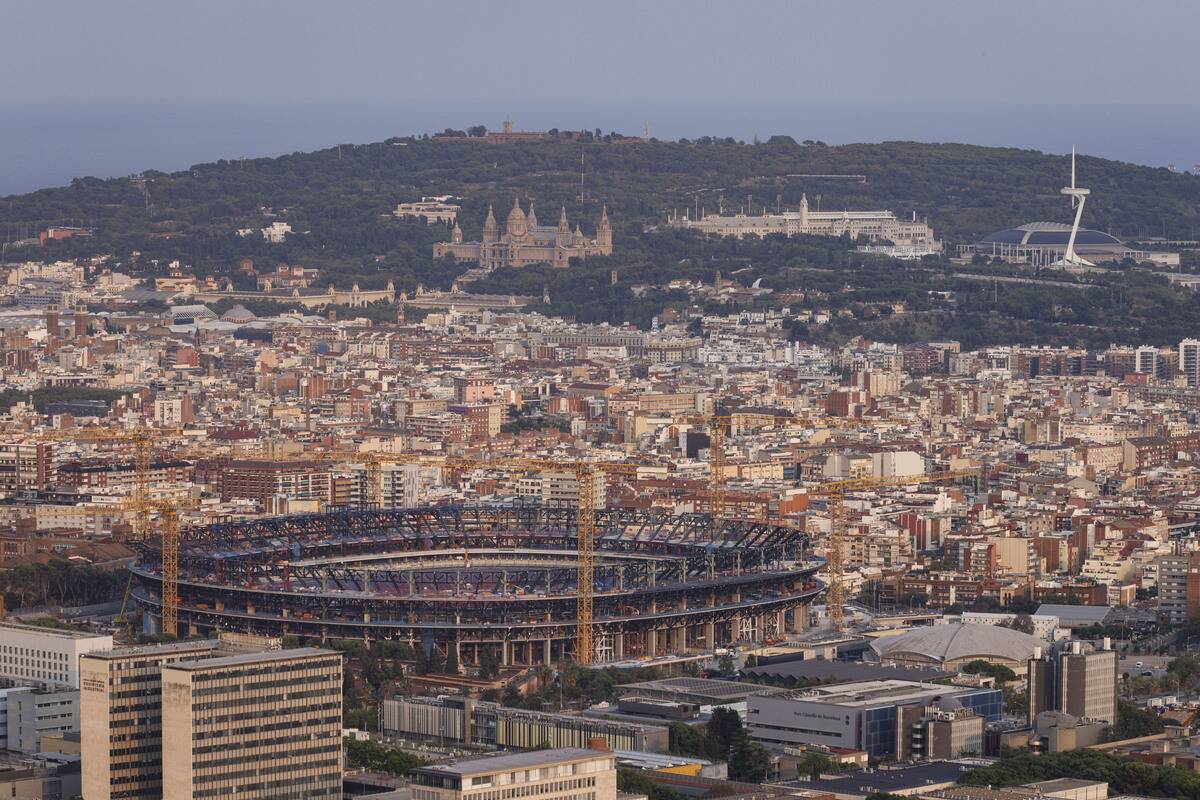
Barcelona experienced a dramatic transformation leading up to the 1992 Olympic Games. The event spurred urban renewal, including the revitalization of the waterfront and the construction of new sports facilities. This makeover turned Barcelona into a modern, cosmopolitan city, enhancing its global appeal. Today, Barcelona is known for its unique architecture by Antoni Gaudí, vibrant street life, and thriving cultural scene, attracting millions of tourists annually.
London’s Changing Skyline: From the Blitz to the Shard
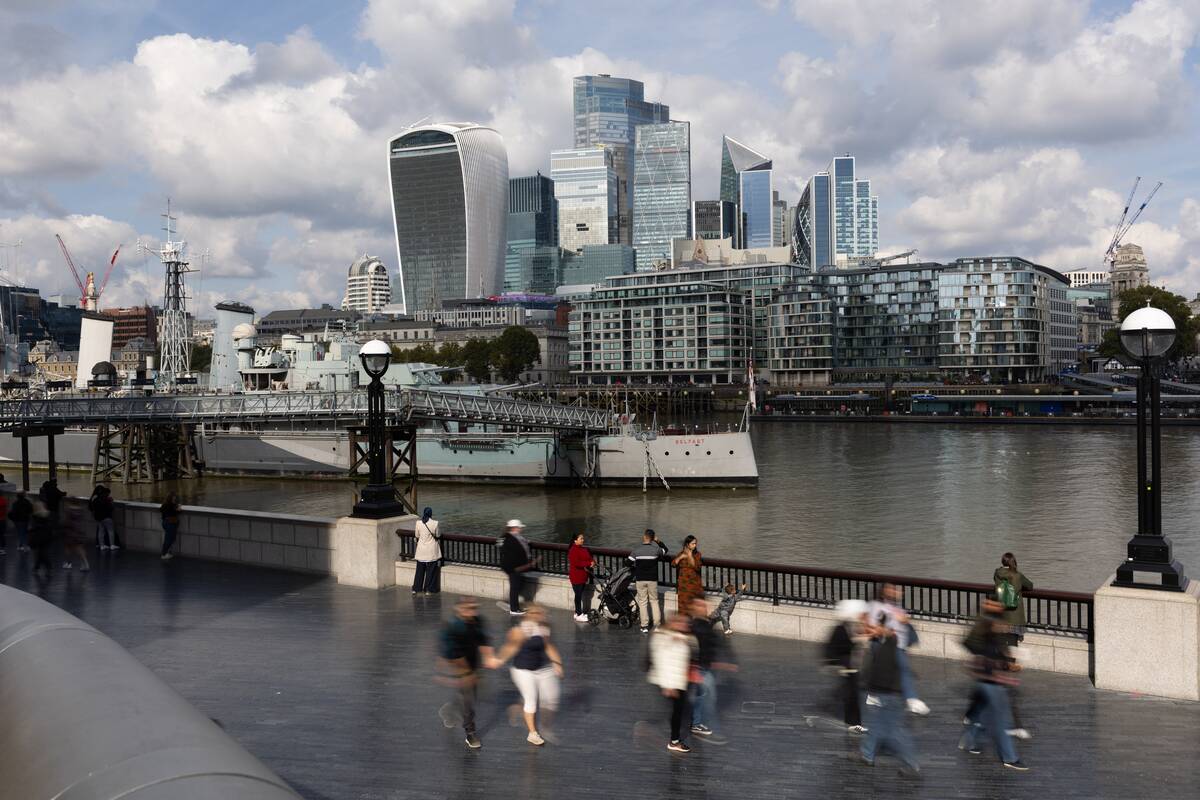
London’s skyline has evolved significantly over the years, shaped by both destruction and innovation. After World War II’s Blitz, the city embarked on extensive rebuilding efforts. In recent years, modern skyscrapers like The Shard and the Gherkin have transformed the skyline. These contemporary structures coexist with historic landmarks like the Tower of London, reflecting the city’s ability to blend tradition with modernity, making it a global financial and cultural hub.
The Tech Invasion: How Silicon Valley Shaped San Jose

San Jose has transformed into the heart of Silicon Valley, the epicenter of technological innovation. The city’s growth has been driven by the rise of tech giants like Apple, Google, and Facebook. This tech invasion has spurred economic prosperity and urban development, making San Jose one of the wealthiest cities in the U.S. Despite its modern advancements, the city retains its cultural diversity, with vibrant neighborhoods and a strong arts scene.
The Fall of Communism: Prague’s Journey to Modernity
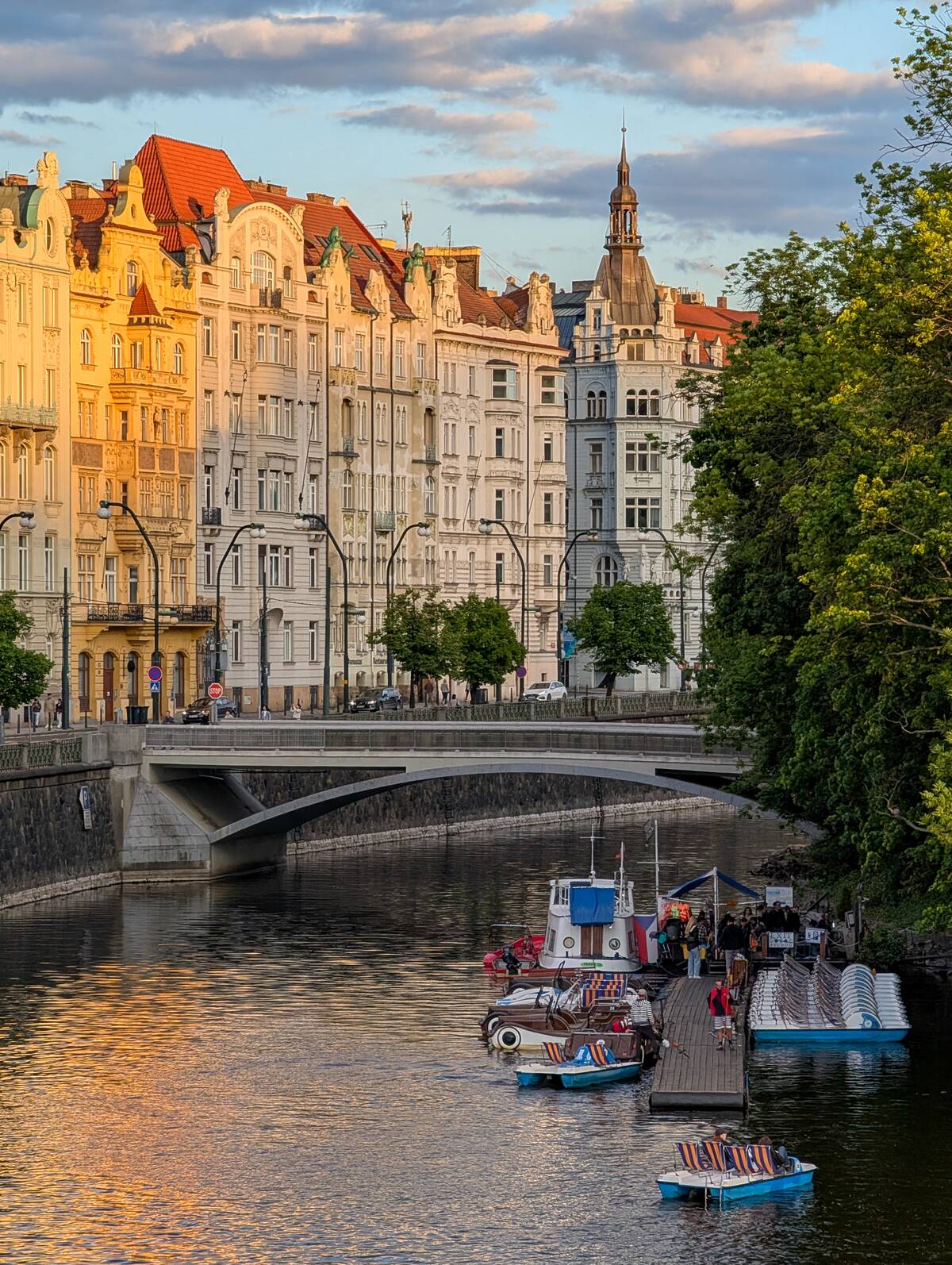
Prague’s journey to modernity began with the fall of communism and the Velvet Revolution in 1989. The city’s transition to democracy and market economy paved the way for urban renewal and economic growth. Today, Prague is a vibrant cultural hub, known for its historic architecture, like the Prague Castle and Charles Bridge. The city has become a popular tourist destination, blending its rich history with modern amenities and a lively arts scene.
The Green City: How Amsterdam Became a Bicyclist’s Paradise
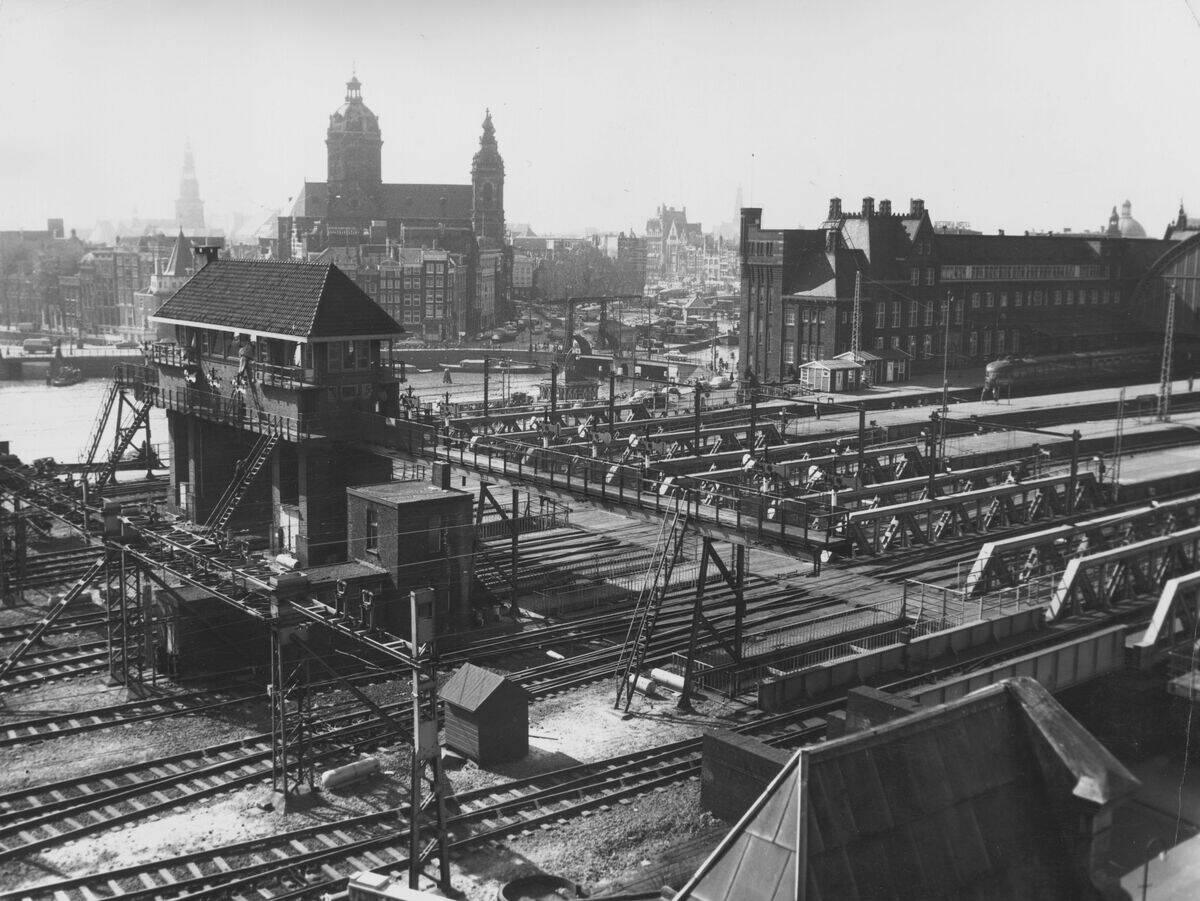
Amsterdam is renowned for its cycling culture, with bicycles outnumbering residents. The city’s commitment to sustainability and green living has made it a bicyclist’s paradise. Extensive bike paths and a flat landscape make cycling the preferred mode of transport. Amsterdam’s transformation includes innovative urban planning and a focus on reducing carbon emissions. The city seamlessly combines its historic charm, seen in its canals and architecture, with modern eco-friendly initiatives.
The Impact of Hollywood on Los Angeles
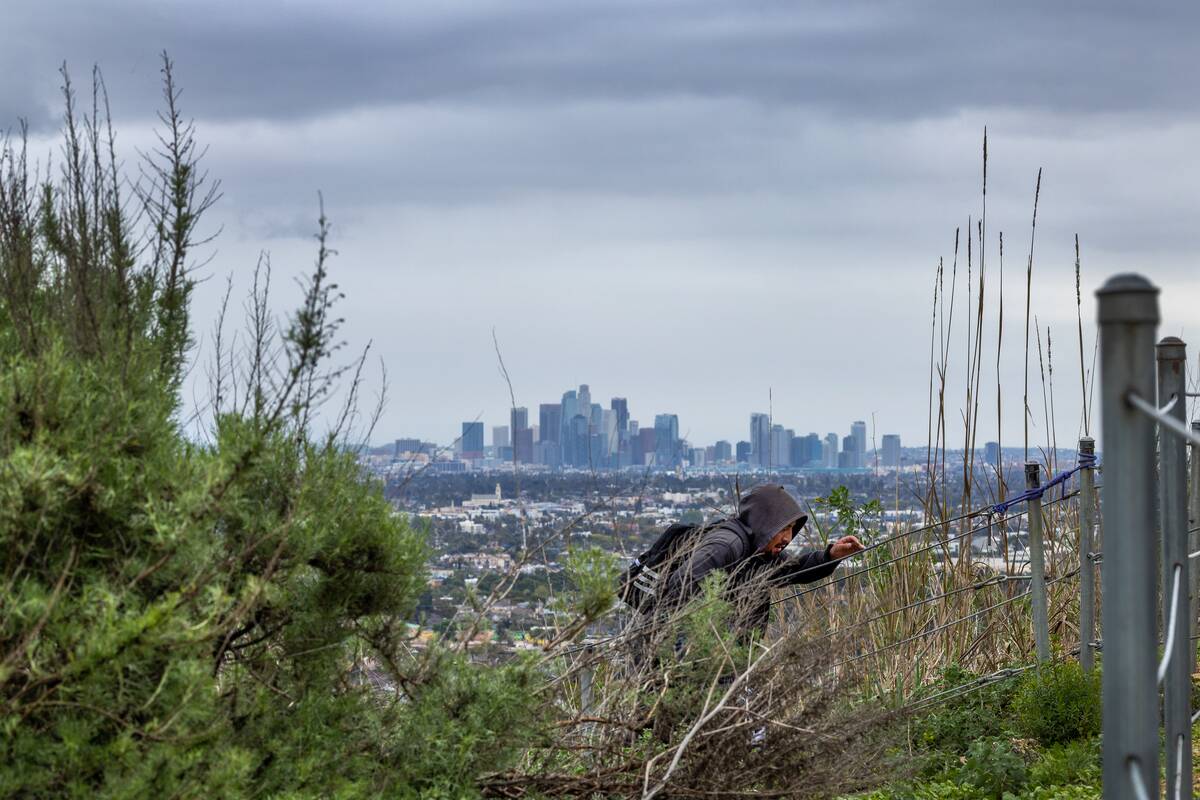
Hollywood has played a pivotal role in shaping Los Angeles, transforming it into the entertainment capital of the world. The film industry’s growth in the early 20th century brought economic prosperity and cultural influence to the city. Iconic landmarks like the Hollywood Sign and the Walk of Fame draw millions of tourists each year. Today, Los Angeles is a diverse metropolis, known for its thriving arts scene, vibrant neighborhoods, and beautiful beaches.
The Cultural Renaissance of Rio de Janeiro
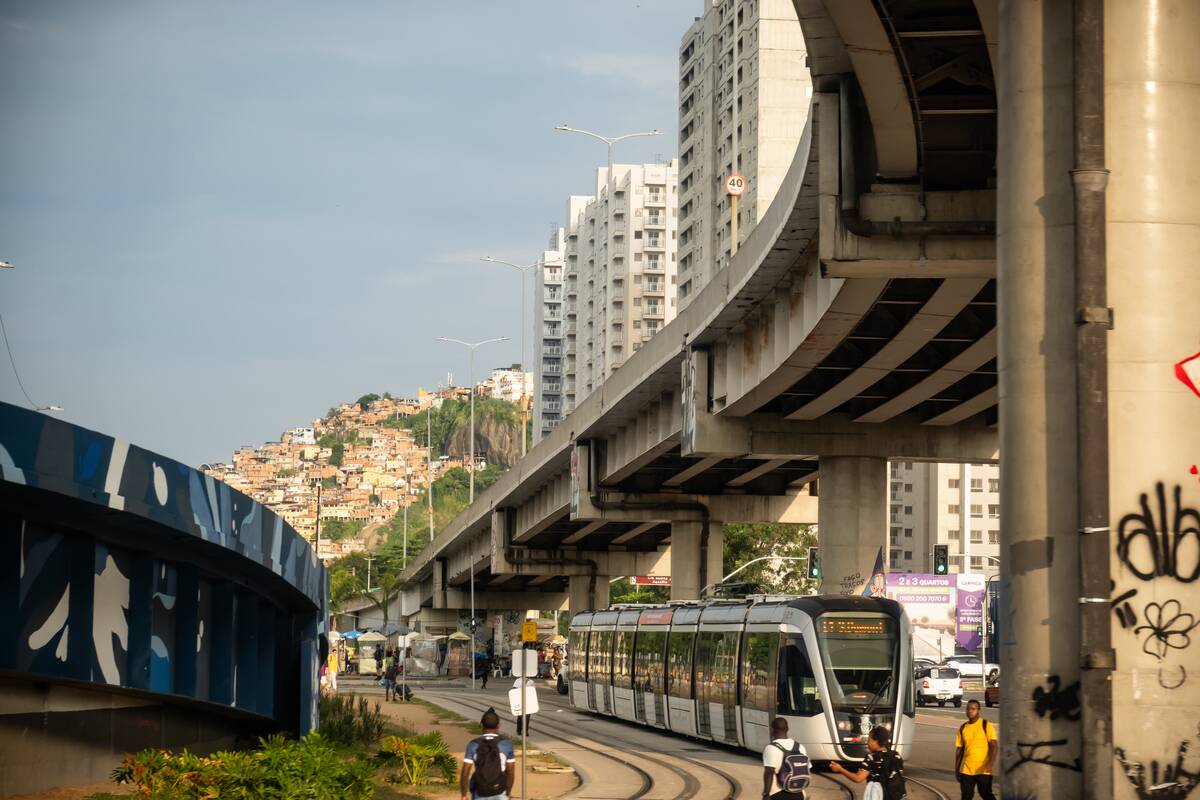
Rio de Janeiro is a city of contrasts, where natural beauty meets cultural vibrancy. The city’s cultural renaissance has been fueled by events like the Rio Carnival, a celebration of music, dance, and color. Rio’s transformation includes urban development projects and a focus on tourism, showcasing iconic sites like Christ the Redeemer and Sugarloaf Mountain. Despite challenges, Rio continues to be a symbol of Brazilian culture and a top destination for travelers worldwide.
Shanghai: From Fishing Village to Global Financial Hub
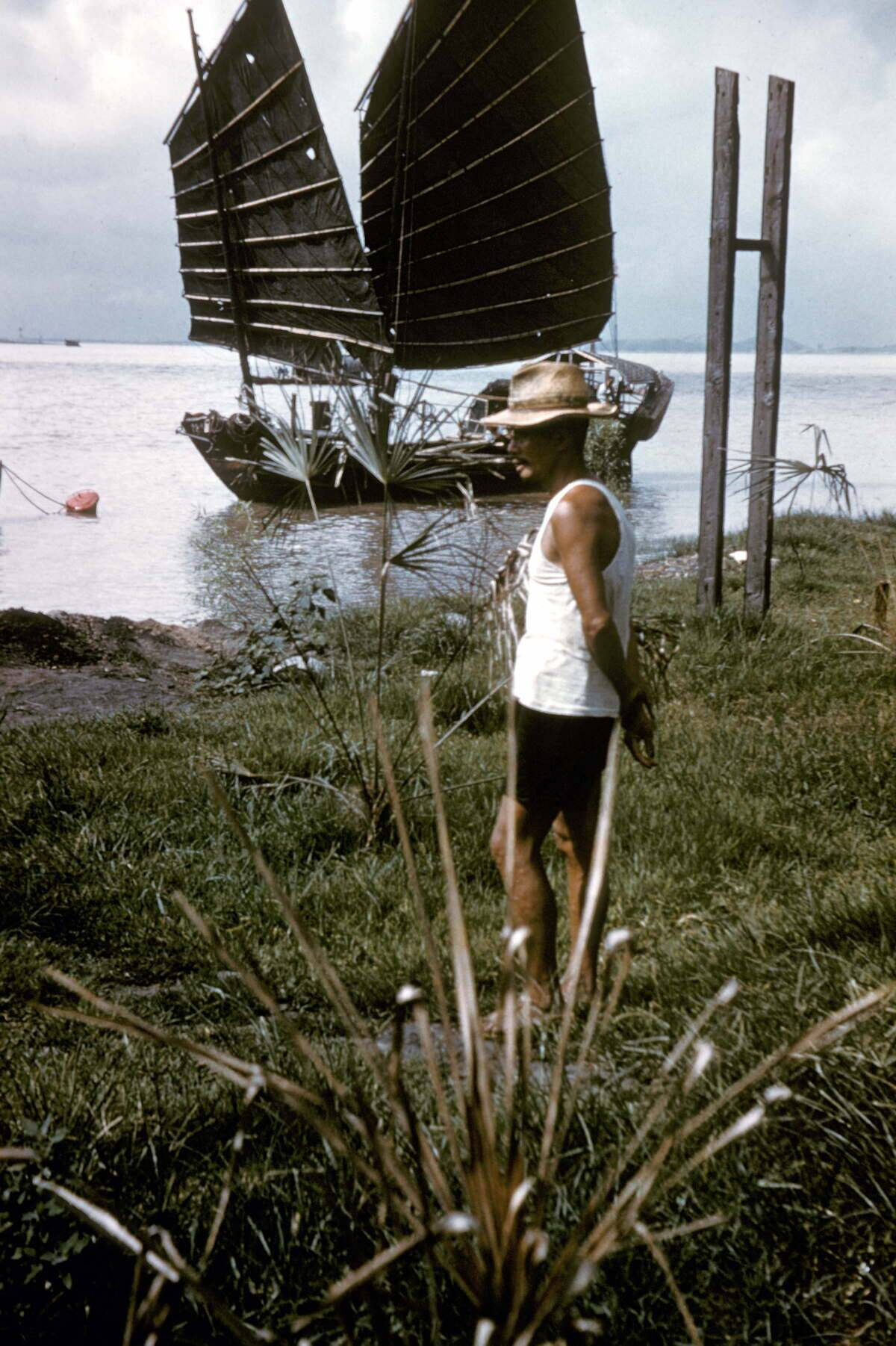
Shanghai’s evolution from a humble fishing village to a global financial hub is a tale of rapid modernization and economic growth. The city’s skyline is dominated by towering skyscrapers, including the Shanghai Tower, the second tallest building in the world. Shanghai’s transformation has been driven by its strategic location and investment in infrastructure. Today, it is a bustling metropolis, known for its blend of traditional Chinese culture and modern urban living.



